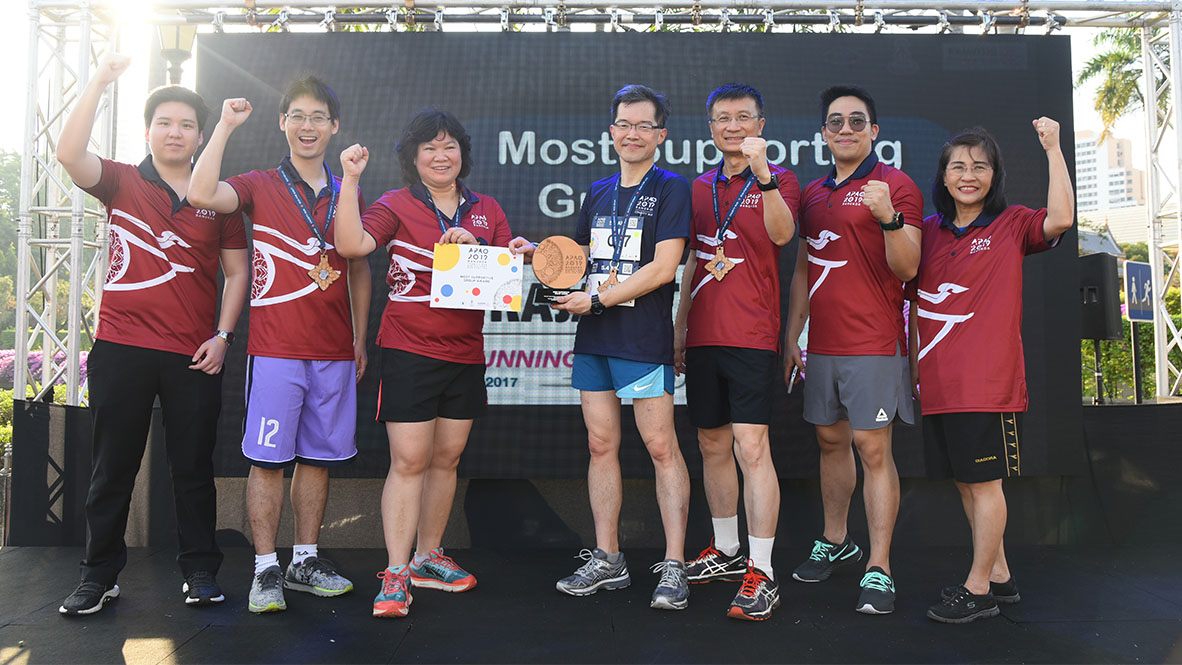The future of digital medicine in ophthalmology is now, and speakers at an ESCRS 2022 Day 2 symposium showed just how dazzling the path forward can be.
Day 2 of the 40th Congress of the European Society of Cataract and Refractive Surgeons (ESCRS 2022) saw the ‘official’ kickoff of the core programming, and with it the more traditional forward-looking content that doctors from across Europe and the world came to see.
The future of ophthalmology, and medicine in general is in bits and bytes, and an early Saturday morning session from some rockstars in the data-driven medicine biz showed a smitten audience why. The ever-increasingly productive marriage of advanced imaging technologies and artificial intelligence is on the march, and the benefits reach beyond the limits of even the wildest of imaginations.
Quality over Quantity
Artificial intelligence (AI) is an all-consuming data glutton, and not a picky one at that – or so the layman is led to believe. But human data chefs would do well to use finer ingredients in the fare they cook up for AI consumption, and Dr. Vito Romano of the University of Brescia (Italy) and Sunny Virmani of Google Health have the hows and whys.
Dr. Romano thinks the biggest limitations with anterior segment imaging lies in a lack of standardization, lack of reproducibility and an overly complex workflow. When images are not standardized, experimental data becomes unreliable, among other things, and diseases that require high-quality images that change slightly over time like dry eye disease become even tougher to tackle. New lens designs are in early stage clinical trials, and solutions in this area will also bleed over into simplifying workflows to become image-first.
Such an increase in image quality will smooth the baton-pass to AI over time-intensive manual flesh-and-bone image analysts, and Mr. Virmani took it from there. Echoing Dr. Romano, he explained how image quality is more critical than quality in training machine-learning algorithms. AI performance begins to plateau around 50,000 images with diseases like diabetic retinopathy, and this can be improved on.
Another limiting factor in AI performance is labeling; a more systematic approach to how we communicate to AI will help deliver us into an age where computers can spend seconds telling us our risk of developing potentially sight-robbing diseases from a simple photograph.
Humanitas ex Machina
Beyond this, Mr. Virmani noted that we need to build a human-centric model for AI. Ultimately, this is a tool deployed by humans to help humans, and we need to build trust in results and ensure that we can deliver the promises of machine learning to the vulnerable people who need it most.
This was the theme of Dr. Pearse Keane’s talk, who spoke of a future of code-free artificial intelligence wizards. According to Professor of Artificial Medical Intelligence, Dr. Pearse Keane of the University College London, deep learning and its potential must not be limited to those with technical expertise; innovation must be able to come from all sides, and developing a paradigm which allows ideas to flow without the constraints placed by specialized knowledge is a massive cog in the wheel generating progress in the field.
And finally, Prof. Farhad Hafezi, professor of ophthalmology at the University of Geneva and medical director of the ELZA Institute in Switzerland, gave a glimpse of what bringing advanced tech to the everyman could look like. Using recently-discovered massive unmet needs in keratoconus as an example, he explained the power and potential of the smartphone with the smartphone-based keratographer (SBK), a cheap, portable, and accurate device that can prove invaluable in screening for keratoconus. These devices will be taken on a field trip to remote regions of Nepal this year, and the world will be watching as devices like this turn the tide on a new era in medical imaging and diagnostics.
Editor’s Note: A version of this article was first published in CAKE POST, ESCRS 2022 Edition, Issue 2. Reporting for this story took place at ESCRS 2022 in Milan, Italy.



